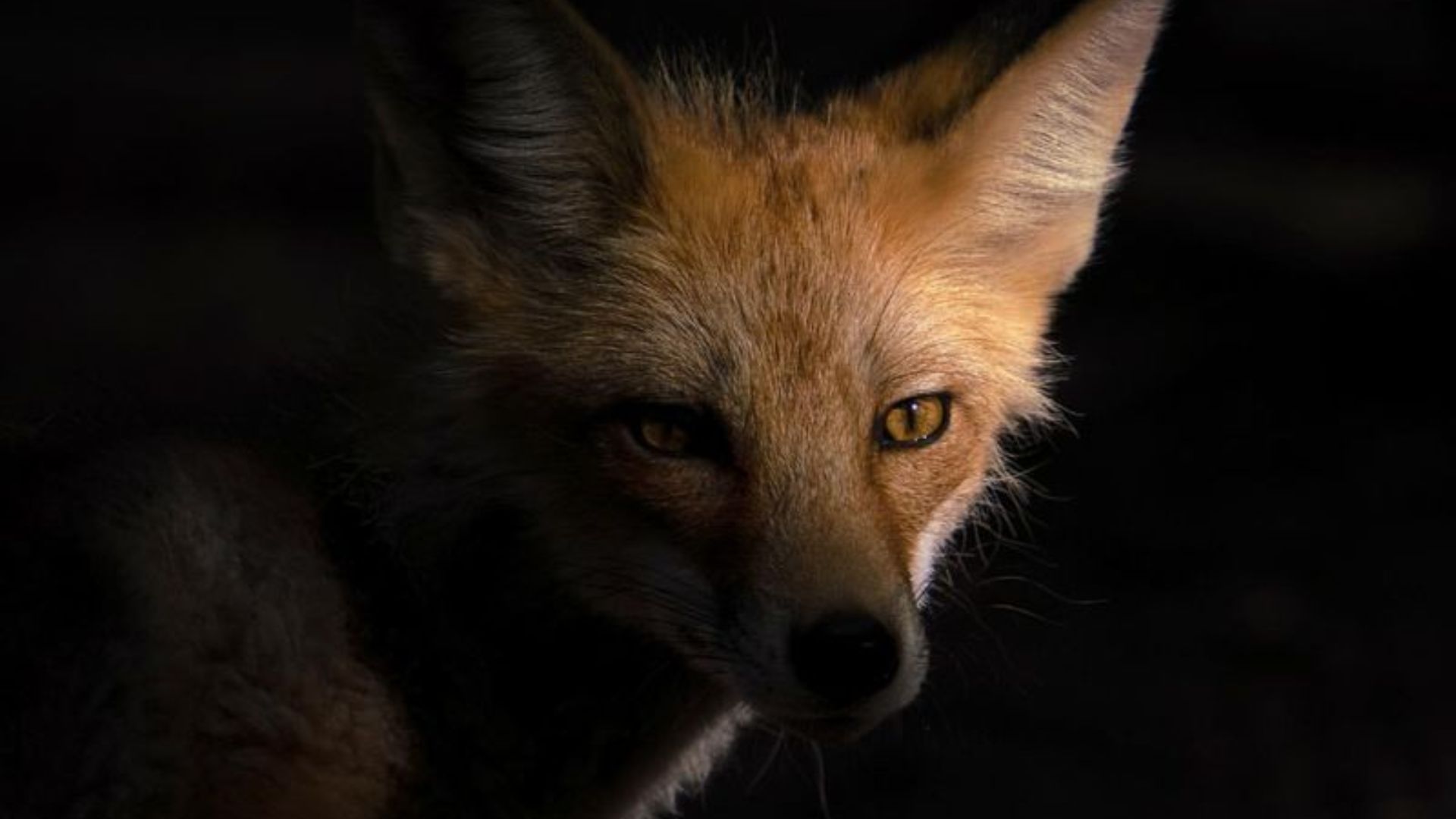Foxes are fascinating creatures, celebrated for their intelligence, adaptability, and elusive charm. These cunning animals are distributed across the United States, but their population density varies significantly from state to state.
Some regions provide the perfect combination of habitat, climate, and resources, allowing fox populations to flourish. Let’s see where foxes thrive in notable numbers and explore the unique environmental factors that support their growth.
From dense forests to sprawling grasslands, discover the places these captivating animals call home and learn what makes these states ideal for foxes to prosper.
1. Alaska
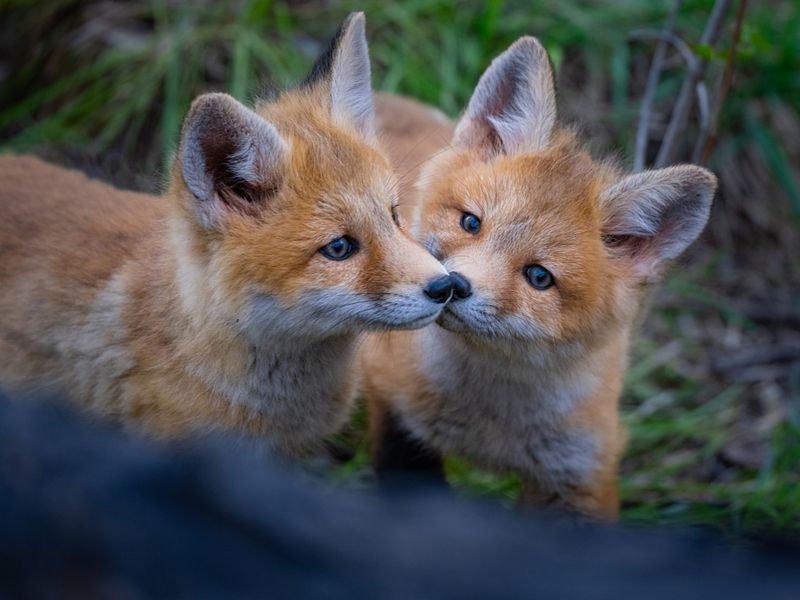
Alaska’s vast and unspoiled wilderness provides an ideal habitat for foxes, particularly the red fox. These cunning creatures are often spotted in the state’s dense forests and open tundras.
In Alaska, the red fox population thrives due to the abundance of natural resources and limited human interference. The state’s remote areas offer endless opportunities for foxes to hunt and find shelter, allowing them to flourish.
Additionally, the harsh climate and expansive landscapes play a significant role in maintaining a healthy population.
The red fox in Alaska is not just a solitary hunter but also a symbol of the state’s thriving wildlife. The people of Alaska have a deep respect for these animals, acknowledging their role in the ecosystem.
With conservation efforts in place, the fox population continues to grow, making Alaska a haven for these fascinating creatures.
2. California
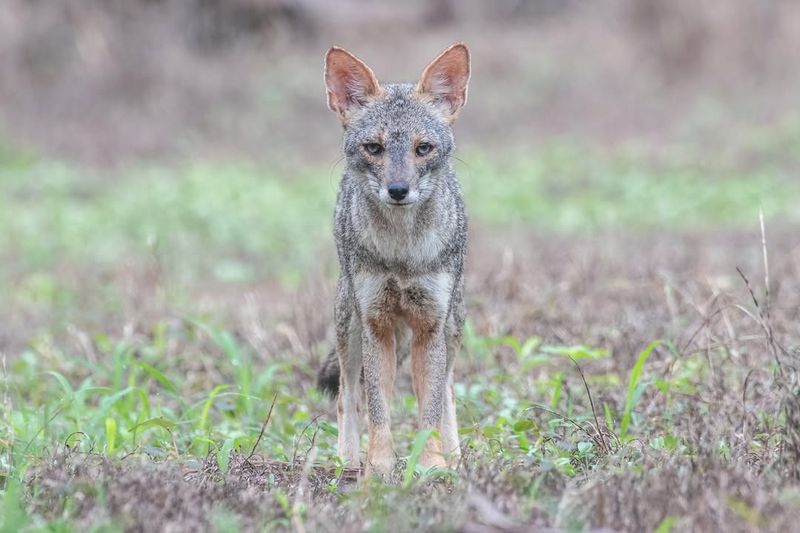
California is home to diverse habitats, making it a perfect environment for various fox species, particularly the gray fox. These adaptable creatures are often found in the chaparral, woodland, and desert regions of the state.
The gray fox population in California benefits from the state’s varied climate and rich biodiversity. These foxes are known for their ability to climb trees, a unique trait that helps them escape predators and find food.
As urban areas expand, gray foxes have also adapted to living near human settlements, showcasing their incredible versatility.
In an effort to preserve wildlife, California has implemented conservation programs that protect the natural habitats of foxes. These initiatives ensure a stable population, allowing these charming animals to continue thriving in the region.
3. Colorado
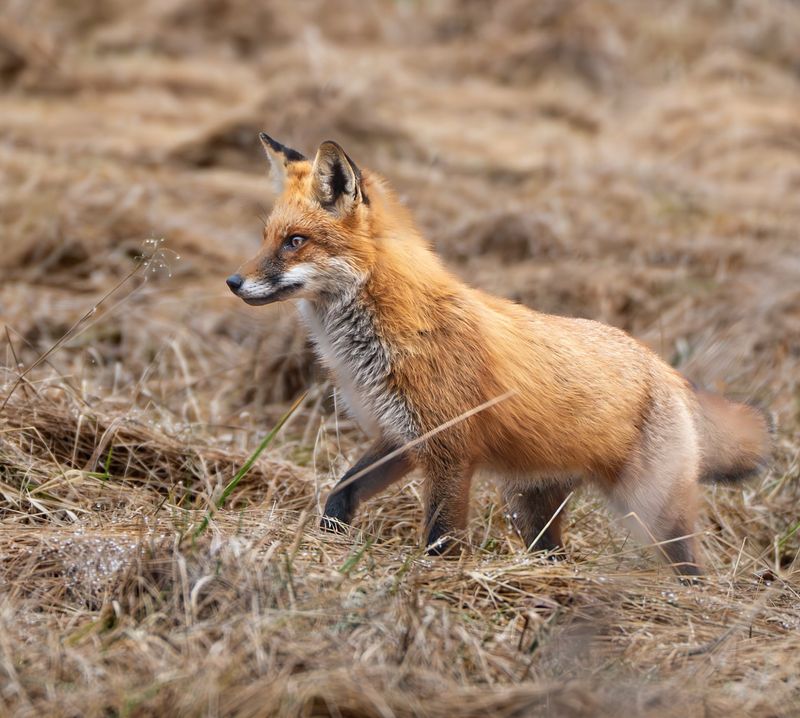
Colorado’s diverse terrain, ranging from the high Rocky Mountains to expansive plains, offers a rich environment for various fox species, especially the swift fox. These small, agile animals can be found gracefully navigating the state’s grasslands and open fields.
The swift fox population in Colorado benefits from the state’s conservation efforts aimed at protecting its natural habitat.
The swift fox’s preference for open areas allows it to thrive in regions where agriculture and ranching are prevalent. Its ability to coexist with these human activities has ensured a stable population in the area.
Colorado’s commitment to wildlife conservation has been crucial in maintaining the swift fox population. By fostering a balance between development and nature, the state provides a sanctuary where these delightful creatures can continue to flourish.
4. Connecticut
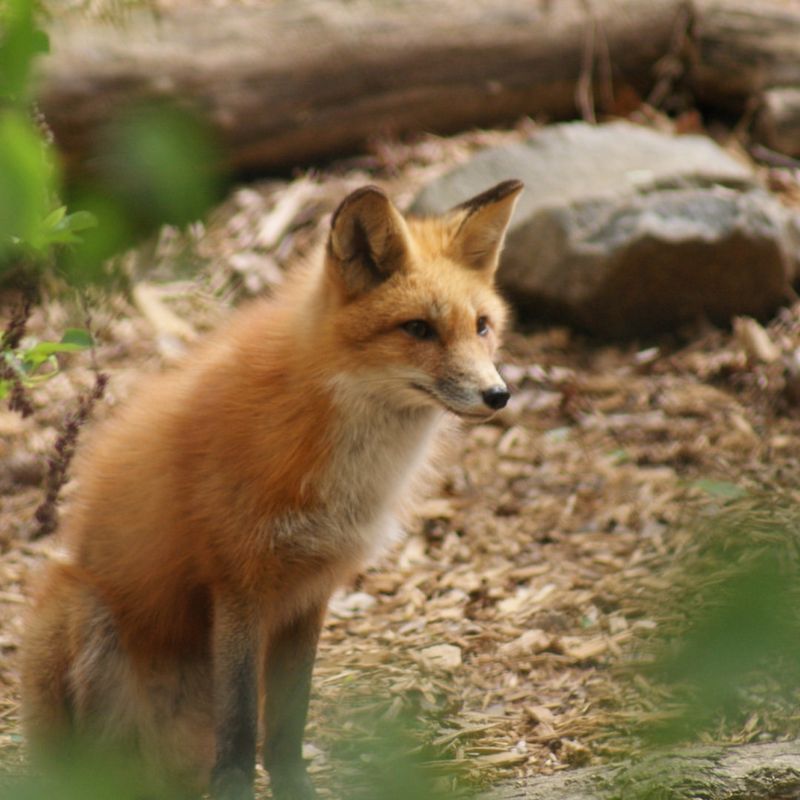
Connecticut, with its picturesque woodlands and suburban areas, provides a suitable environment for the red fox. These adaptable creatures are a common sight in the state’s forested regions and residential neighborhoods.
The red fox population in Connecticut is supported by the state’s rich biodiversity and moderate climate. These foxes have a remarkable ability to adapt to various environments, often seen scavenging in suburban backyards, thus bridging the gap between wilderness and urban life.
Conservation efforts in Connecticut focus on maintaining healthy ecosystems, which, in turn, support the flourishing red fox population. By preserving natural habitats and promoting coexistence with humans, Connecticut ensures that these clever animals remain an integral part of the local wildlife.
5. Delaware
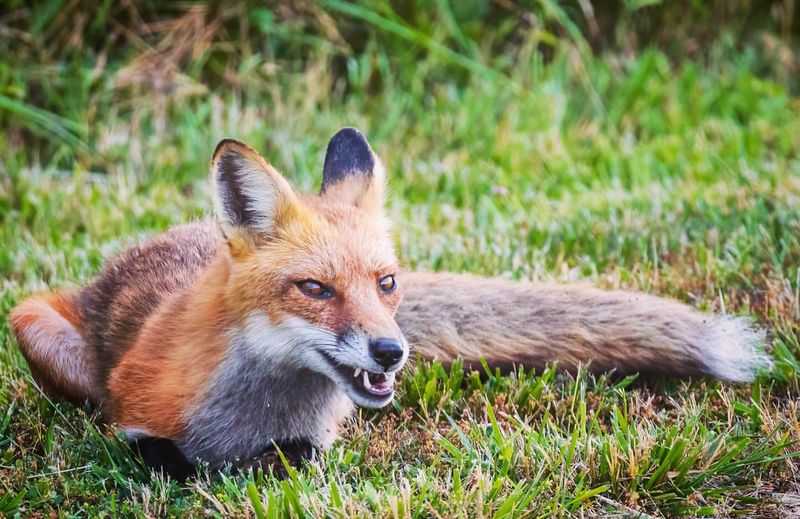
Delaware’s rural landscapes and coastal areas offer an inviting habitat for the red fox. These inquisitive animals are often seen exploring the state’s fields and marshlands, taking advantage of the diverse environment.
The red fox population in Delaware thrives due to the state’s commitment to conservation and habitat preservation.
With ample food sources and minimal threats from predators, these foxes find Delaware a perfect place to call home. The state’s small size allows for easier monitoring and management of wildlife, ensuring a stable fox population.
Efforts to protect Delaware’s natural environment have been pivotal in maintaining the red fox population. By fostering a harmonious relationship between humans and wildlife, Delaware continues to be a sanctuary for these captivating creatures.
6. Florida
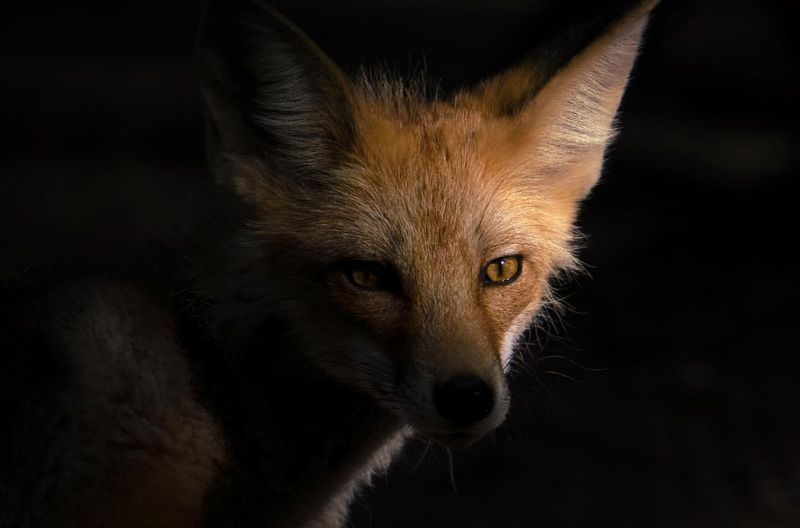
Florida’s warm climate and varied ecosystems provide an unusual yet suitable habitat for the red fox. These clever animals can be found in the state’s pine forests, wetlands, and even suburban areas.
The red fox population in Florida benefits from the state’s diverse landscapes, which offer ample opportunities for food and shelter. Despite the challenges posed by urbanization and habitat loss, these foxes have shown resilience and adaptability, managing to thrive in less traditional environments.
Florida’s wildlife conservation initiatives play a crucial role in preserving the red fox population. By promoting awareness and protecting natural habitats, the state ensures that these charming creatures continue to be a part of its rich biodiversity.
7. Georgia
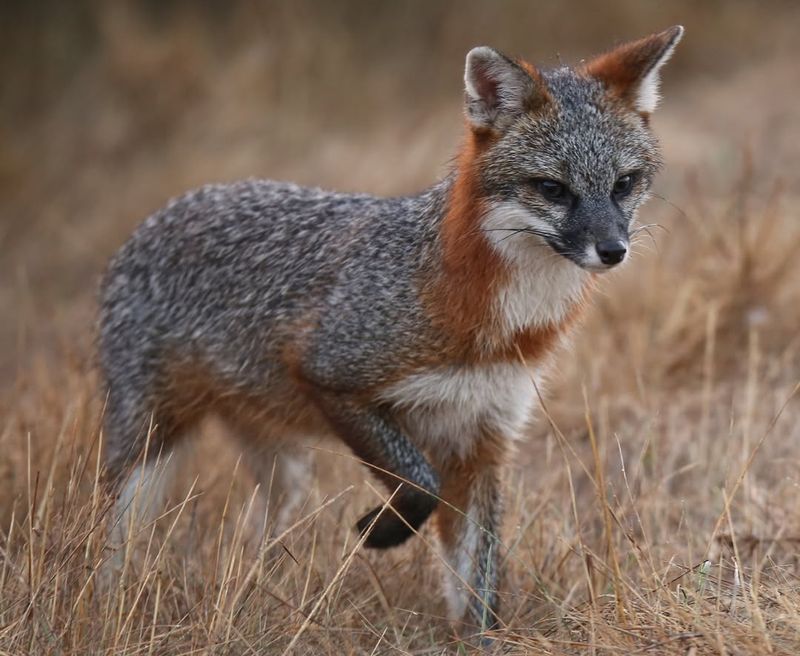
Georgia’s diverse landscapes, ranging from mountainous regions to coastal plains, offer an ideal habitat for the red fox. These resourceful animals are commonly spotted in the state’s forests and rural areas.
The red fox population in Georgia benefits from the state’s commitment to wildlife conservation. The availability of various habitats and abundant food sources allows these foxes to thrive.
Georgia’s mild climate also contributes to a stable population, ensuring that these agile creatures remain a prominent part of the state’s wildlife.
Efforts to conserve Georgia’s natural environment have been essential in maintaining a healthy red fox population. By balancing development with habitat preservation, Georgia provides a refuge where these intelligent animals can flourish.
8. Minnesota
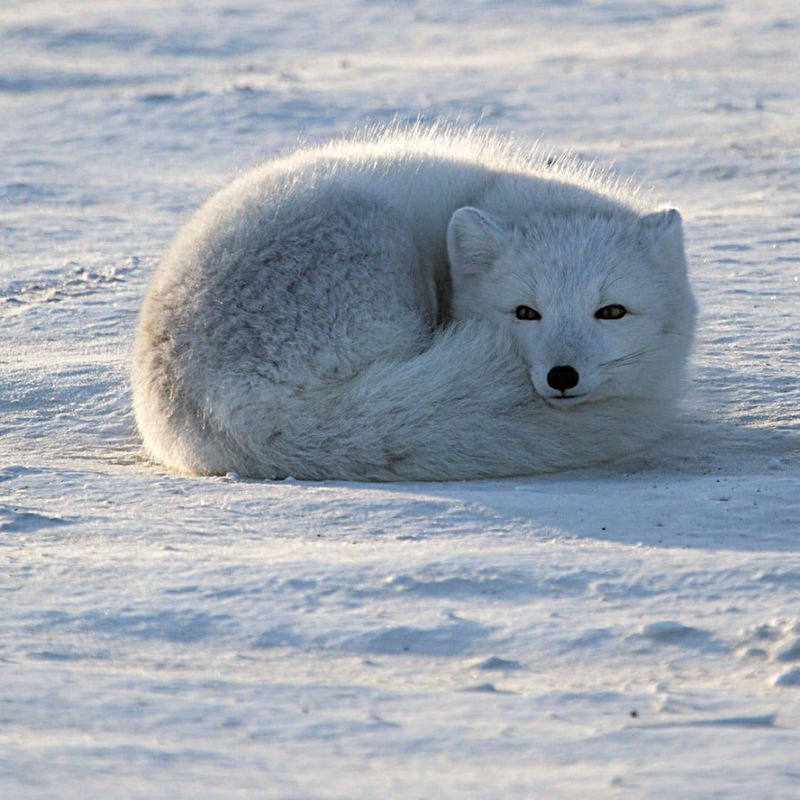
Minnesota’s cold climate and extensive forests create a suitable environment for the arctic fox. These resilient animals are well-adapted to the harsh winters and are often seen exploring the state’s northern regions.
The arctic fox population in Minnesota benefits from the state’s commitment to preserving its natural habitats. The presence of large protected areas provides a sanctuary for these foxes, allowing them to thrive despite the challenges posed by climate change and human encroachment.
Conservation efforts in Minnesota focus on maintaining biodiversity and protecting natural ecosystems, ensuring a stable arctic fox population. By promoting awareness and fostering coexistence with humans, Minnesota continues to be a safe haven for these extraordinary creatures.
9. Wisconsin
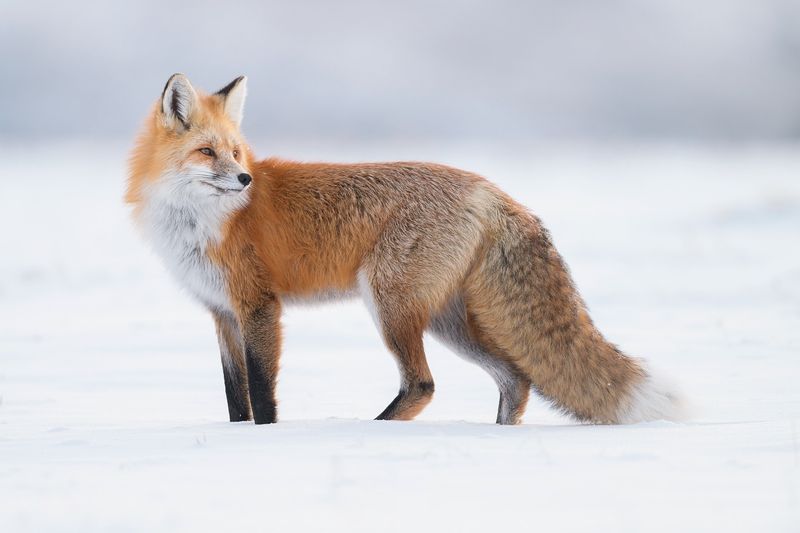
Wisconsin’s vast agricultural lands and mixed woodlands offer an ideal habitat for the red fox. These adaptable animals are often found in the state’s rural areas, taking advantage of the diverse environment.
The red fox population in Wisconsin benefits from the state’s agricultural practices, which provide ample food sources and shelter. The presence of small farms and open spaces allows these foxes to roam freely and maintain a healthy population.
Wisconsin’s conservation initiatives focus on balancing agricultural development with habitat preservation. By ensuring a harmonious relationship between humans and wildlife, the state provides a nurturing environment for the red fox population to thrive.

